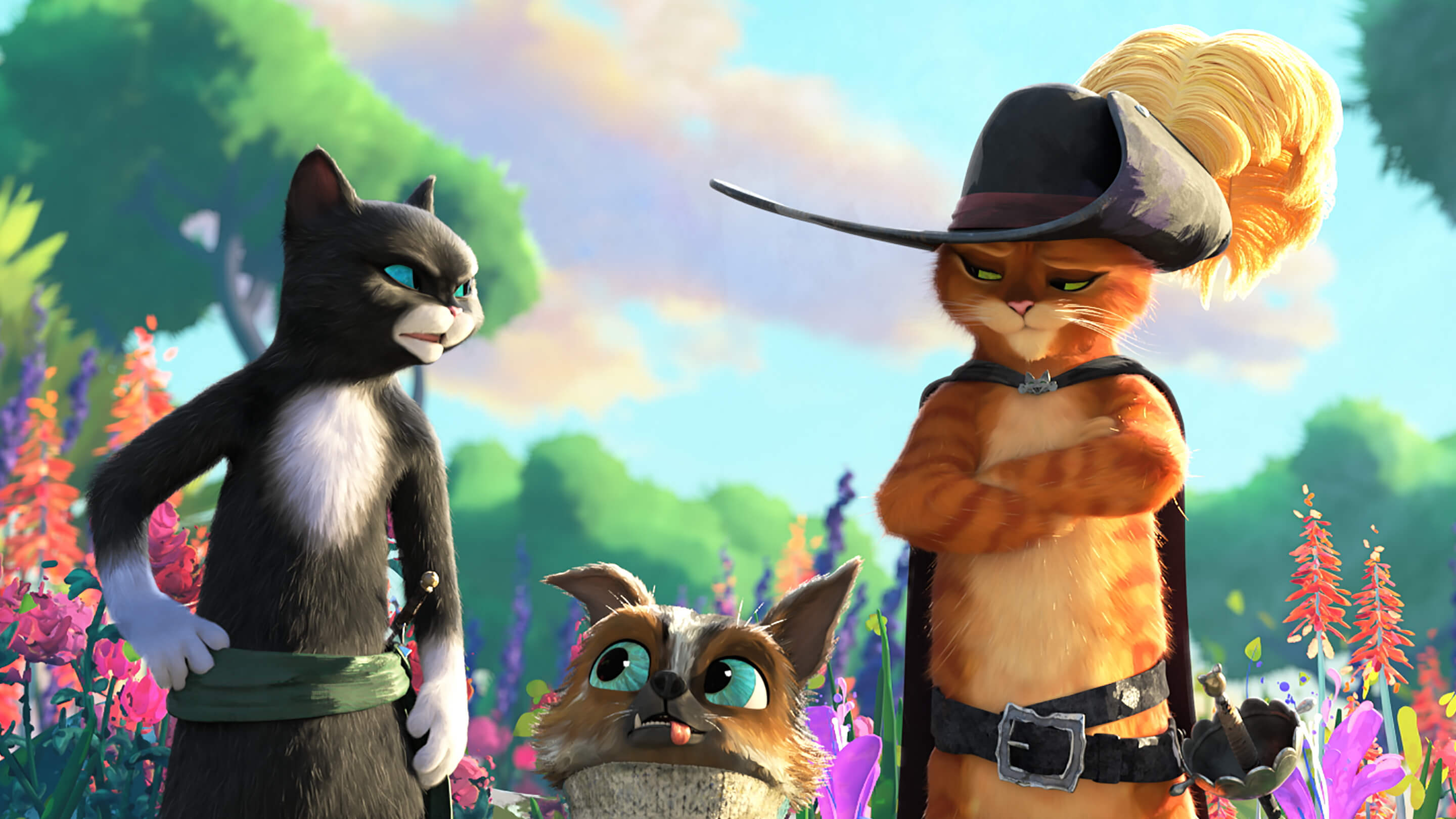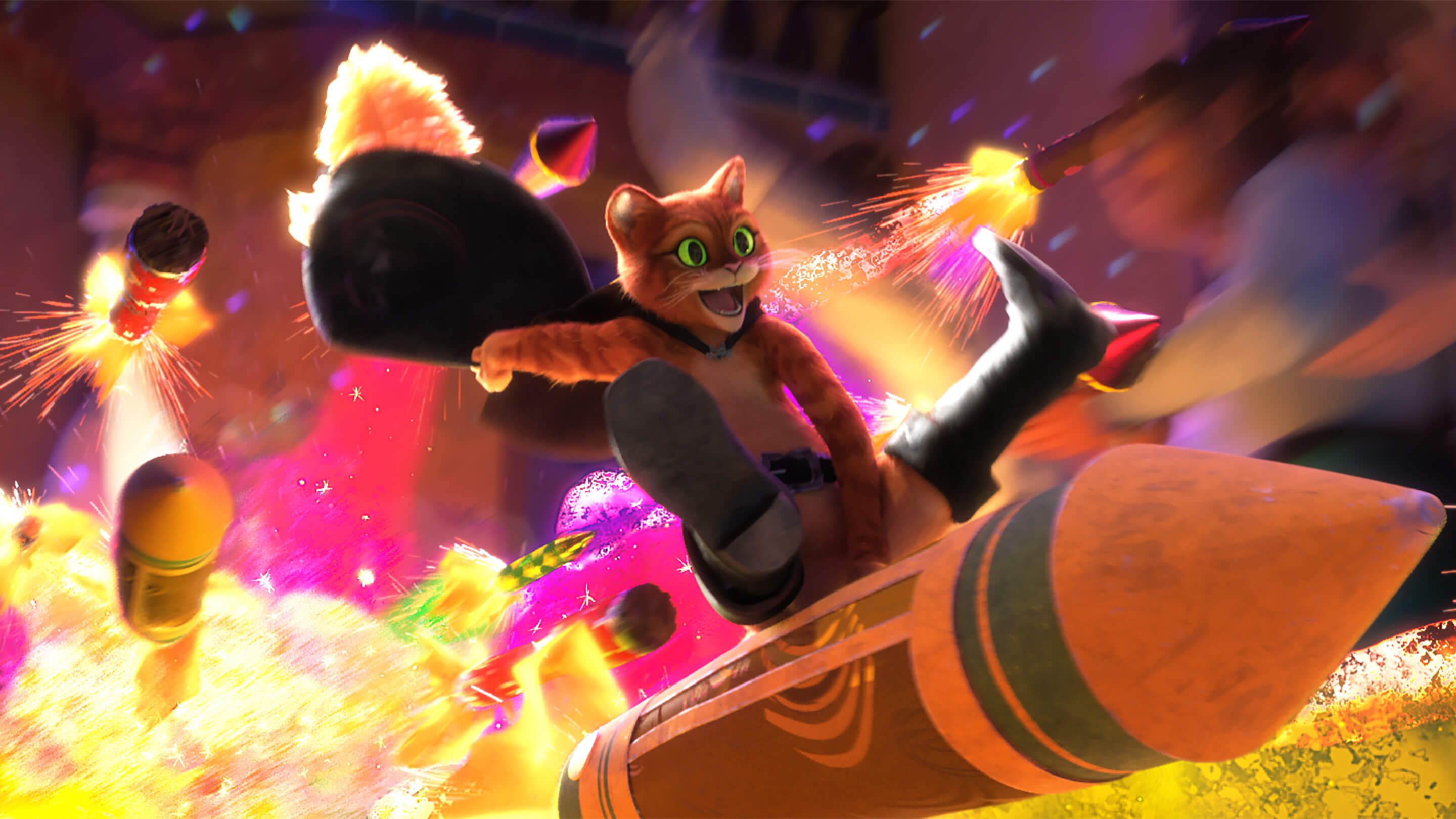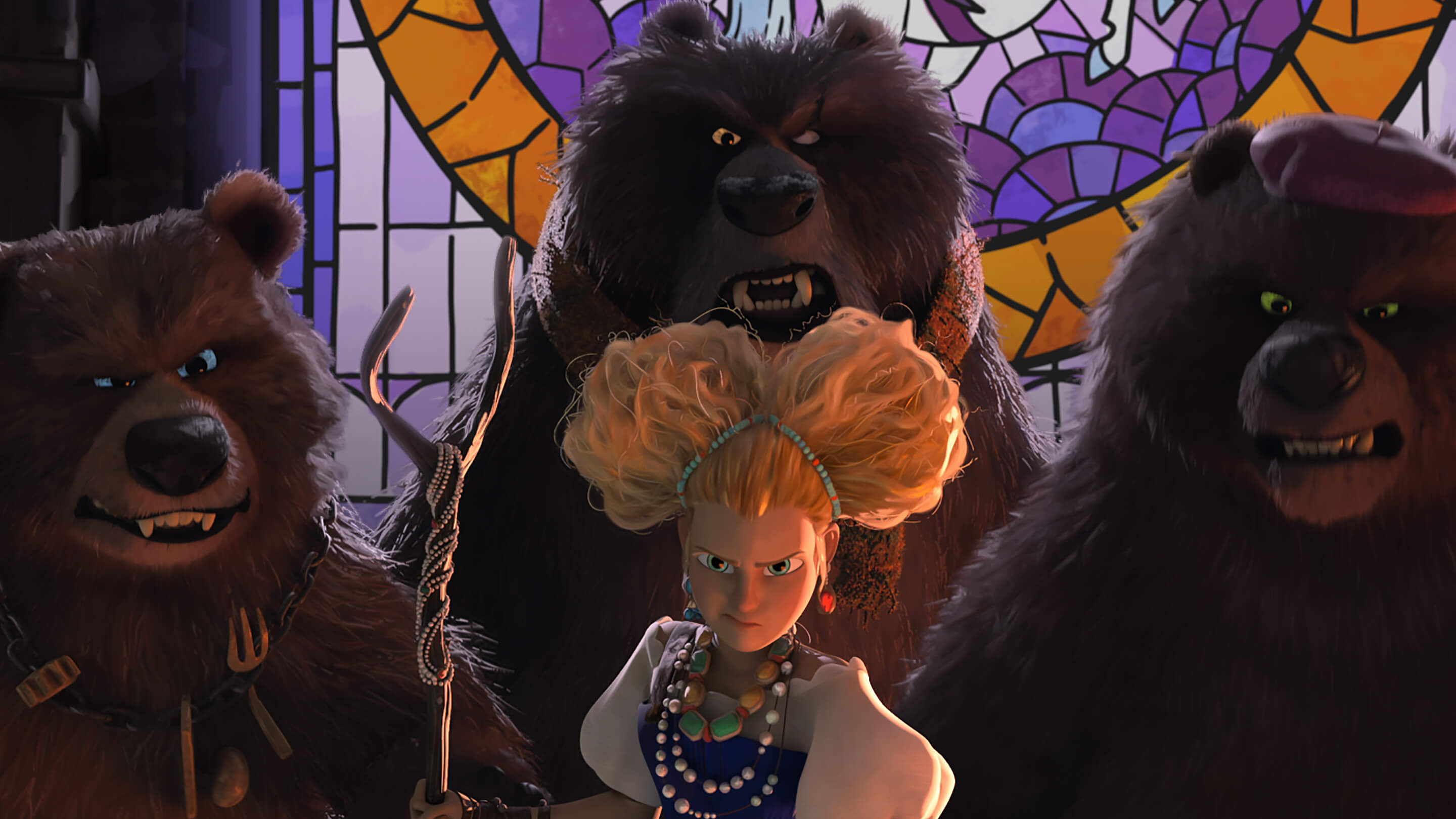Death comes for us all…except for characters in children’s media. Even characters in more mature franchises rarely deal with anything resembling death as we know it. Sure, we’ve seen many waves of generic enemies fall in battle, several tearjerker openings where a barely-developed character passes on, and of course, the deaths of countless antagonists who ‘had it coming’ in some way or another. But rarely do central characters actually reckon with their own deaths. When such a character disappears over a cliff, we know that we’ll look over the edge and our character will be clinging to a ledge or a branch not too far down the slope.
For most major production studios, this really softens the impact of their characters’ dramatic arcs. Pixar and Disney, for example, have an awful habit of reviving characters to the detriment of their stories’ stakes; Illumination and Blue Sky rarely let their characters experience any real threat whatsoever. Of all studios, one wouldn’t expect the relatively potty-mouthed, wildly inconsistent Dreamworks to have an edge in this category – but it does. The studio’s first two films, Antz and The Prince of Egypt, feature battlefields full of dead bodies and the spiritual execution of thousands, respectively. Chicken Run spends most of its time in what is essentially an animal death camp. Kung Fu Panda 2 opens with an account of genocide. These horrors inhabit the worlds of their characters, and they make the concept of death feel much more real than in the cutesy environments of their competitors.
It’s not so much a problem that we know that our main characters are safe so much that the characters themselves seem aware of their own immortality. How many times, after all, have we seen characters survive near-death situations and crack a joke in response? The greatest strength of Puss in Boots: The Last Wish is that it takes this phenomenon and inverts it. The core concept behind this film is that fearless hero Puss In Boots is on his last life, and almost immediately, he turns from a standard Robin Hood-esque champion into a cowering, hesitant has-been.

Even as the story turns into a classic race-for-the-prize adventure, Puss finds himself haunted by the possibility of death in what would normally be standard (if exquisitely animated) action scenes. We see him flee conflicts, fur standing on end, suffering from panic attacks as he brushes with death. It’s the sort of approach that makes you view other animated movies in a different light. The journeys our favorite characters go on are usually incredibly dangerous. Rarely is that danger felt so strongly than in Puss in Boots, and its presence makes each character’s victories feel extremely cathartic and important. This is what catapults Puss’ journey among the ranks of the great animated character arcs of all time, sitting comfortably among the likes of Kiki, Woody, and Dreamworks’ own Po.
Now, Puss in Boots is not a perfect film. The first time I watched it, I was so blown away by the opening action scenes that I found myself disappointed when the rest of the action took place on a smaller scale. These action scenes also make the movie’s following section especially underwhelming; Puss’ initial retirement from action feels sluggish even though it is essential for plot and character setup. Over the course of my theatre experiences, some audiences really connected with the humor while others did not. Finally, the plot has so many moving parts that your favorite plotlines may make the others feel dull in comparison.

But even apart from the aforementioned treatment of death in the film, Puss in Boots brings so much to the table that puts it head and shoulders above its competition. Its Spiderverse-inspired animation is incredibly vibrant yet focused in both action scenes and slower sections. Strategically-dropped frame rates allow you to take in amazing action shots that would normally fly by. There are stunningly potent emotional moments carried by excellent performances from the voice cast. Several clever plot devices are used to develop not only the story but characters and setting as well. It’s no wonder that Joel Crawford, who made something bizarre and beautiful out of the idea-bankrupt Croods franchise, has managed to wring so much out of The Last Wish and the twisted fairytale universe he inhabits. This is a film that has thought deeply about its characters and elevates everything we already know about them.

Speaking of characters, The Last Wish is not a film whose enjoyment rests on knowledge of the franchise. There are throwbacks to both Puss in Boots and the Shrek series, but they’re hardly complex or essential to the film. Anyone who loves animation, action, or just great storytelling is likely to love The Last Wish, and if you’re anything like me, it might send you on a Dreamworks deep dive to see if there are any other studio efforts that come close. Don’t get me wrong, some do – especially the majestic Prince of Egypt, the spectacular first two Kung Fu Panda movies, the delightful first two Shrek movies, and the entire excellent How to Train Your Dragon franchise. Still, The Last Wish is truly the crowning achievement of Dreamworks as a studio, boasting a thrilling, high-stakes story, delightful and complex characters, and the best visuals that CGI currently has to offer. It’s an essential film to see before you die, and likely one that will make you appreciate the rest of your life all the more.
Images courtesy of Universal Pictures.
Have strong thoughts about this piece you need to share? Or maybe there’s something else on your mind you’re wanting to talk about with fellow Fandomentals? Head on over to our Community server to join in the conversation!

